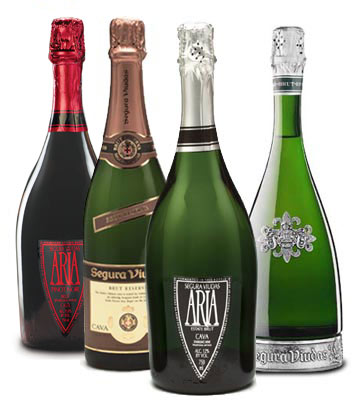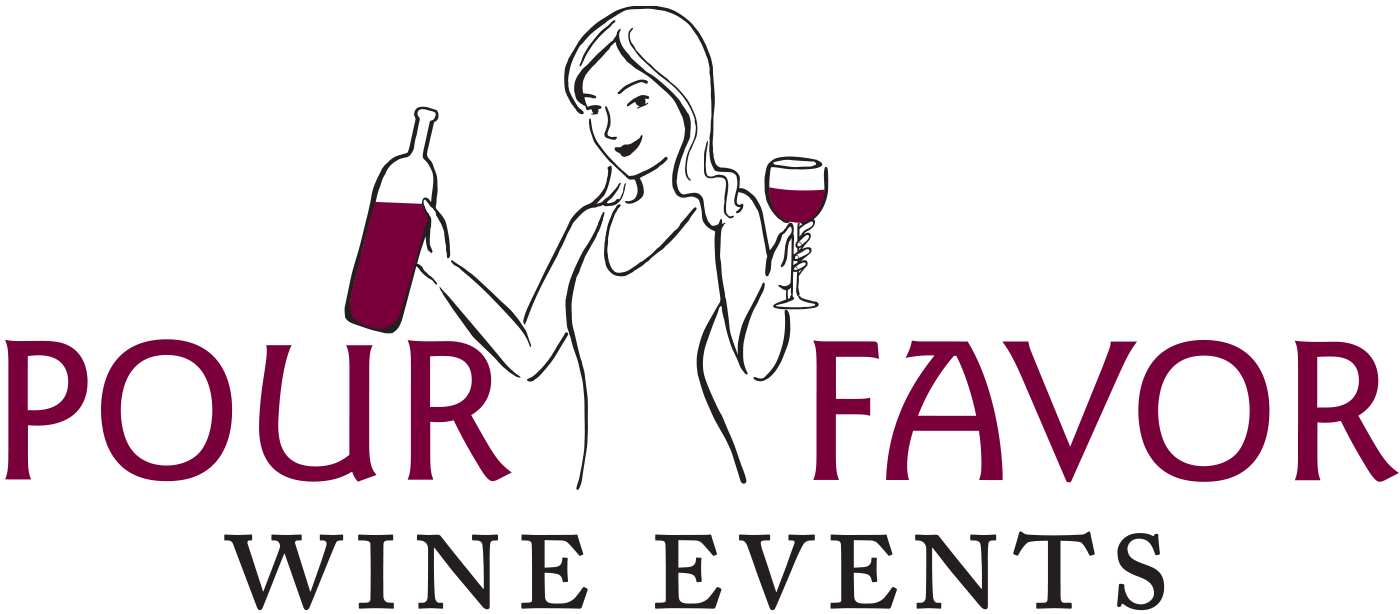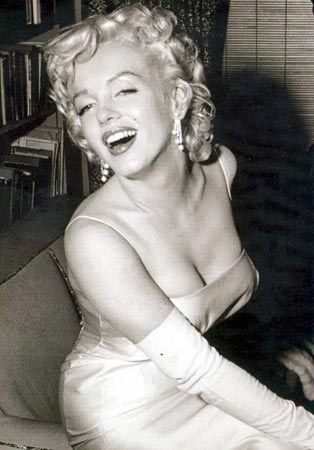 Ever heard of Cristalino? What about Freixenet? These are just two Spanish bubbly offerings on the market, known as Cava, that come in under $10 at your local shop. The thing about Cava is it's not just cheap - it's tasty, too!
Here are a few fun facts to get our conversation rolling today...
Ever heard of Cristalino? What about Freixenet? These are just two Spanish bubbly offerings on the market, known as Cava, that come in under $10 at your local shop. The thing about Cava is it's not just cheap - it's tasty, too!
Here are a few fun facts to get our conversation rolling today...
- Cava means cave, or cellar, in Catalan;
- More than 220 million bottles are sold each year;
- Four stars beneath the cork indicate it's D.O. authenticity;
- 95% of all Cava (and the best on offer) comes from Northern Spain's Penedes region;
- By law, any one (or blend) of five white grapes are permitted in Cava. The three most common are Macabeo, Parellada, and Xarello, with Chardonnay and Subrait (Malvasia) used on occasion.
- Less than 1% of all Cava is rose (in which case either Cabernet Sauvignon, Garnacha or Monastrell grapes are employed).
- And, the traditional method, or Methode Champenoise as we've already discussed, is used to create its lovely little bubbles!
Cava came into being in 1872 when Don Jose Raventos (head of bodega Codorniu) found himself tromping through Champagne, France and encountered their specialty for the first time. He was fascinated and became determined to produce a Spanish bubbly. But I find it delightfully refreshing Cava does not try to play second fiddle to its famous international counterpart. No, Sir!
For starters, the Penedes region is geographically and climatically very different than Champagne. They also use different grapes. Specifically, in Cava they use exclusively WHITE grapes, whereas in Champagne Pinot Noir is one of the 3 permitted varietals (and used often, at that). In Spain, the wine is aged for only 9 months on the lees (the dead yeast cells that give Champagne it's toasty character due to being aged on them for at least 15 months). The differences go on, but the important thing is the result: Cava is less nuanced, offering a simple, cheery, citrusy/fruity, high-acid alternative to Champagne.
For the record, while I have no problem popping a Cava cork for the sake of Cava drinking, I also have to say these wines really do work some additional magic when blended for your holiday brunch mimosa and the like. Their clean flavors (aka, fruity, lesser yeasty quality) don't compete with whatever other ingredients you're throwing together, instead adding a nice bit of lift to the festivities!
Of the three bubblies we've bantered about thus far, which is your preference? Champagne, Prosecco, or Cava?


 'Tis the season to be merry! And sometimes merriment is best facilitated by getting your guests in the mood for - in the immortal words of Seinfeld writers - Festivus! Last weekend I had the pleasure of pouring a few holiday libations for just such a purpose at a public tasting event. (I had what happens to be my favorite
'Tis the season to be merry! And sometimes merriment is best facilitated by getting your guests in the mood for - in the immortal words of Seinfeld writers - Festivus! Last weekend I had the pleasure of pouring a few holiday libations for just such a purpose at a public tasting event. (I had what happens to be my favorite 
 If you recall, last Wednesday we launched my December series "a bit on bubbly" and talked about Growers Champagne. I didn't go much into the production process - or the flavors, for that matter - spending more time talking about the technicalities (and economics) of what makes Growers Champagne special and distinct from the bigger houses' offerings. I promise to circle back to these lovely wines before we ring in the New Year - because I definitely was inspired by many of the wines I was privileged to taste last week, and you really only get the "excuse" to buy expensive bubbly once in a while! But in the meantime, I think its important we move on to a different sparkling wine: Prosecco.
Prosecco is Italian for bubbly. Well, nearly... Asti is the better known of the two predominant sparkling wines the Italians produce; but increasingly Americans have figured out Prosecco equates quality bubbly from Italy, at an affordable price. Venetians, for their part, turn to it daily; lucky devils!
If you recall, last Wednesday we launched my December series "a bit on bubbly" and talked about Growers Champagne. I didn't go much into the production process - or the flavors, for that matter - spending more time talking about the technicalities (and economics) of what makes Growers Champagne special and distinct from the bigger houses' offerings. I promise to circle back to these lovely wines before we ring in the New Year - because I definitely was inspired by many of the wines I was privileged to taste last week, and you really only get the "excuse" to buy expensive bubbly once in a while! But in the meantime, I think its important we move on to a different sparkling wine: Prosecco.
Prosecco is Italian for bubbly. Well, nearly... Asti is the better known of the two predominant sparkling wines the Italians produce; but increasingly Americans have figured out Prosecco equates quality bubbly from Italy, at an affordable price. Venetians, for their part, turn to it daily; lucky devils! As the first gentle snowflakes of the winter were falling here in Boston yesterday morning, I was up and at'm reading wine reviews. It's true I'm always doing research. But yesterday somehow the stage was set such that I couldn't help chuckling at some of the terminology in our wine lexicon! Have you ever noticed how often a wine - or maybe just the BEST wines - are described by some of the most colorful lingo of any (neutral) topic?
Some of the best terms (for the best wines) are words any woman would love to have poured over her (perhaps literally and figuratively!). A few of my favorites are: Smooth, Elegant, Alluring, Enticing, Polished and Supple.
As the first gentle snowflakes of the winter were falling here in Boston yesterday morning, I was up and at'm reading wine reviews. It's true I'm always doing research. But yesterday somehow the stage was set such that I couldn't help chuckling at some of the terminology in our wine lexicon! Have you ever noticed how often a wine - or maybe just the BEST wines - are described by some of the most colorful lingo of any (neutral) topic?
Some of the best terms (for the best wines) are words any woman would love to have poured over her (perhaps literally and figuratively!). A few of my favorites are: Smooth, Elegant, Alluring, Enticing, Polished and Supple.
 The sun is shining here in Boston and I'm off to a Grower Champagne tasting in a little while. Yes, I have something to feel jolly about! But as I was telling friends about my afternoon plans, I remembered many people don't know the tremendous loveliness that is Grower Champagne - or what I'm so excited about. So today I'm going to launch my latest Wine Wednesday theme: A Bit on Bubbly.
There's much to be understood
The sun is shining here in Boston and I'm off to a Grower Champagne tasting in a little while. Yes, I have something to feel jolly about! But as I was telling friends about my afternoon plans, I remembered many people don't know the tremendous loveliness that is Grower Champagne - or what I'm so excited about. So today I'm going to launch my latest Wine Wednesday theme: A Bit on Bubbly.
There's much to be understood  I was blessed with three things this Thanksgiving: inspiration, hope and pure delight. Since wine happened to be the catalyst for all three (and I feel like all we hear about is bad news these days), I can't help but pick up my blog after the holiday weekend and share some positive goodness.
Inspiration. I've never had so much fun interacting with wine customers than last Wednesday night at the shop. People were looking for nice bottles of vino to accompany their meal, serve as delicious liquid 'balm' for potentially awkward family moments, or otherwise thank their host for their hospitality. People were simply in good spirits, looking forward to a few days off and satisfied bellies. Their bottle of vino was something they not only wanted to complete their meal, but to say something more, too.
I was blessed with three things this Thanksgiving: inspiration, hope and pure delight. Since wine happened to be the catalyst for all three (and I feel like all we hear about is bad news these days), I can't help but pick up my blog after the holiday weekend and share some positive goodness.
Inspiration. I've never had so much fun interacting with wine customers than last Wednesday night at the shop. People were looking for nice bottles of vino to accompany their meal, serve as delicious liquid 'balm' for potentially awkward family moments, or otherwise thank their host for their hospitality. People were simply in good spirits, looking forward to a few days off and satisfied bellies. Their bottle of vino was something they not only wanted to complete their meal, but to say something more, too. I'm cooking a harvest-themed feast for a few friends this year and couldn't be more thankful to avoid the madness of travel including, but not limited to: airport delays; someone else's Aunt Tilda and her generous supply of lipstick and perfume; and the screaming baby in the seat across the aisle. I'm not a Bah Humbug for Christmas, but I've lived through too many challenging Thanksgiving trips to want to head elsewhere for the otherwise great event. An entertaining parade that inspires nostalgia, football (no matter how bizarre the match-up), a feast chock full of friends and good humor and a great bottle of wine (or two or three) are all the ingredients I need for a lovely day of giving thanks.
If you haven't made it to your wine shop to select a bottle of wine this year, today might be a good day to drop by. It will only get trickier to navigate the aisles as mid-week approaches. And if you don't already have a favorite Pinot Gris, Riesling, Beaujolais Villages, or Pinot Noir picked out, remember to consult your shop's wine buyer. There are some fun things on the market this year you won't want to miss. (Two that come to mind are the
I'm cooking a harvest-themed feast for a few friends this year and couldn't be more thankful to avoid the madness of travel including, but not limited to: airport delays; someone else's Aunt Tilda and her generous supply of lipstick and perfume; and the screaming baby in the seat across the aisle. I'm not a Bah Humbug for Christmas, but I've lived through too many challenging Thanksgiving trips to want to head elsewhere for the otherwise great event. An entertaining parade that inspires nostalgia, football (no matter how bizarre the match-up), a feast chock full of friends and good humor and a great bottle of wine (or two or three) are all the ingredients I need for a lovely day of giving thanks.
If you haven't made it to your wine shop to select a bottle of wine this year, today might be a good day to drop by. It will only get trickier to navigate the aisles as mid-week approaches. And if you don't already have a favorite Pinot Gris, Riesling, Beaujolais Villages, or Pinot Noir picked out, remember to consult your shop's wine buyer. There are some fun things on the market this year you won't want to miss. (Two that come to mind are the 